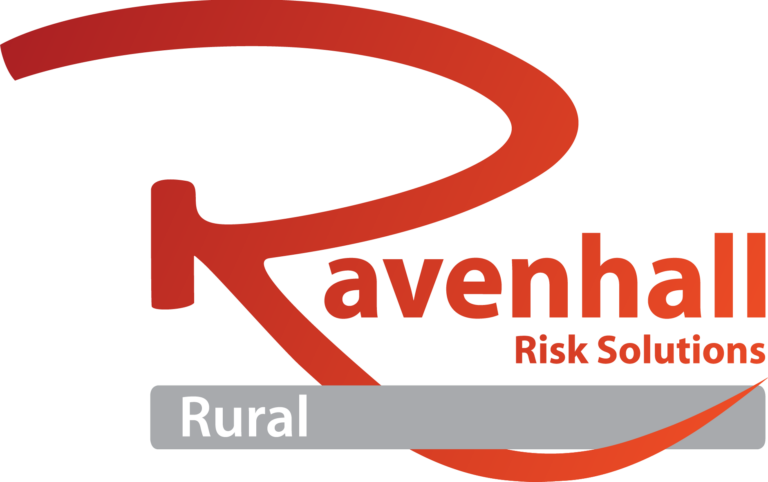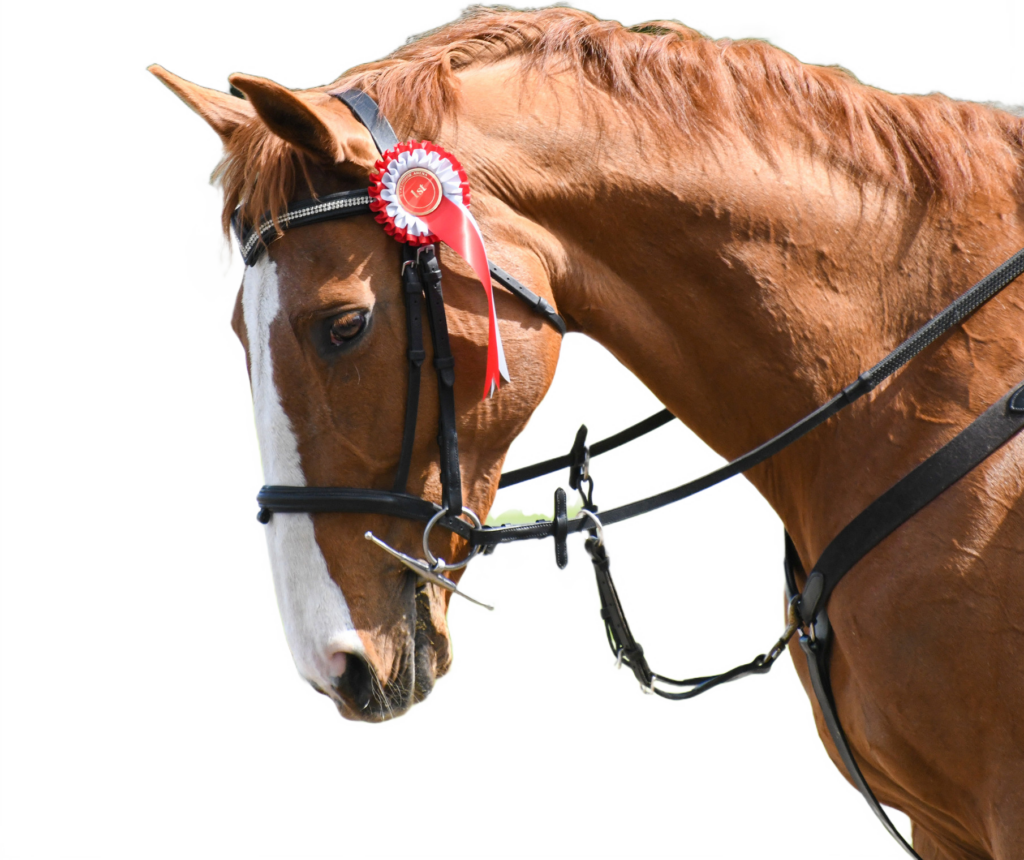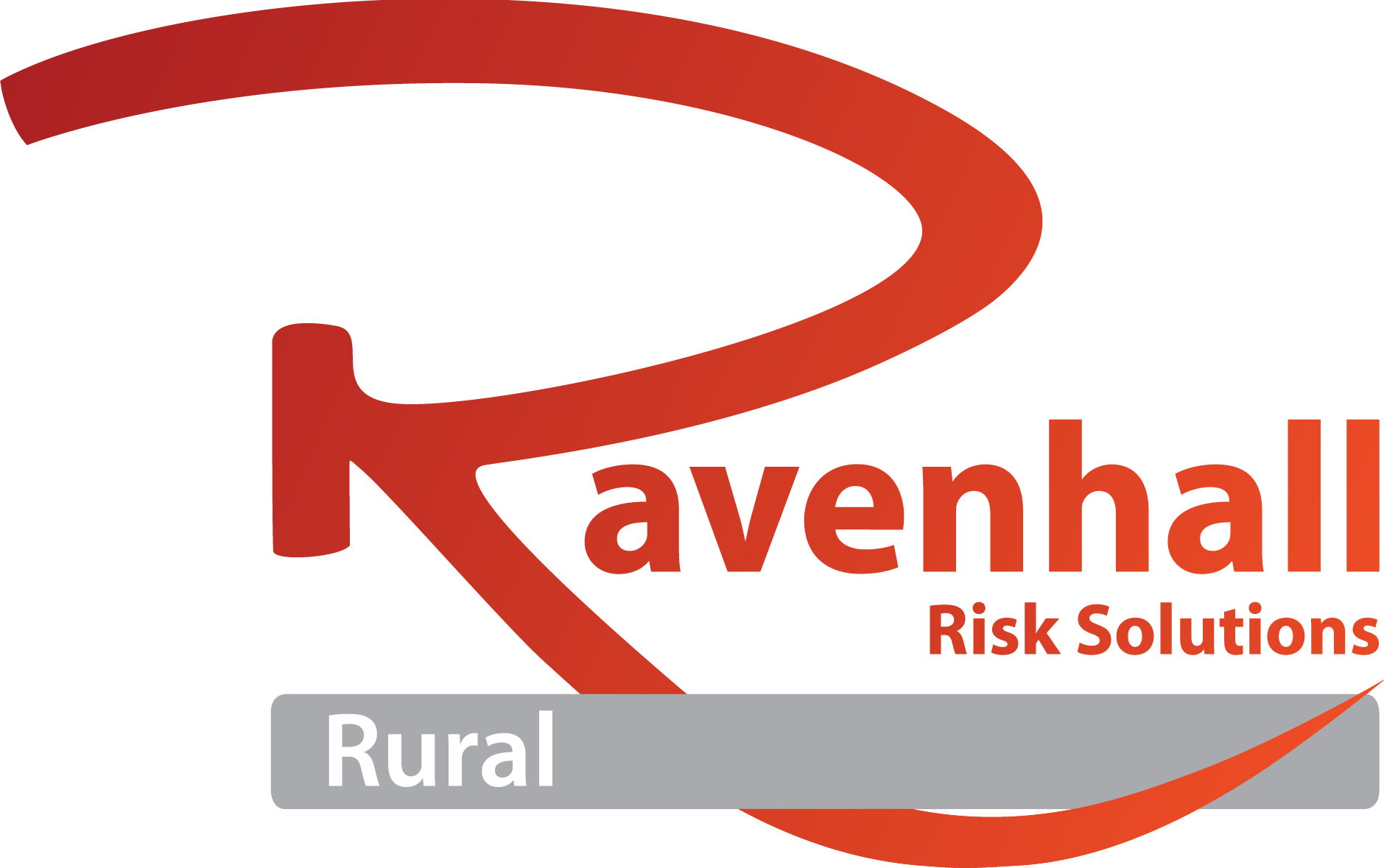Ravenhall Rural work closely with Riding Schools around the UK and with businesses which breed and look after horses. Within our team, we’re also privileged to have a staff who are also active riders and breeders. Horses are a big part our team’s personal, as well as professional lives.
When it comes to looking at a breed to learn to ride on, there isn’t really a ‘best’ and it’s about looking at the options available and making an informed decision. Usually, your local riding school will speak to you about their horses and whether they have a suitable horse. Different breeds have different temperaments, will reach different sizes and each horse will have its own personality. Therefore the ‘right’ horse, may have more to do with the stage that you’re at, and what you’re looking to achieve.
Our Rural team have collated 6 of the most common breeds found in Riding Schools across the UK
Connemara Pony
The Connemara Pony is often a popular choice for Riding centres as they often have calm, quiet temperaments which will suit most types of riders, including children. An adult Connemara pony could reach between 128-148cm in height and pose a strong back, loins and hindquarters with a riding-type well laid-back shoulder, and well-placed neck. This provides for a good length of rein, and most riders find this position easier to adopt.
Shetland
An adult Shetland pony may reach around 107cm in height, and it has the recognisable heavy coat and short legs. Although smaller than the Connemara Pony, the Shetland is incredibly strong and was originally used for pulling carts and carrying coal. It is known that Queen Victoria had several Shetland ponies and learned to ride on this breed. This breed of horse is known to be brave and good tempered. Because of their size, they can also less intimidating for children learning to ride.
Cob
The term cob is used to describe a type of horse with short legs, and strong musculature, as opposed to a specific breed. A Cob horse tends to have a docile temperament and a placid nature, which is one of the characteristics which riding schools look for. Other popular uses for a cob include driving, showing and recreational riding. This breed has become increasingly popular and you may find one in a Riding School near you.
Sports Horse
The more experienced rider may feel comfortable on a sports horse. Again, referring to a type of horse, as opposed to a specific breed, you will typically find sport horses in Olympic equestrian sporting events, dressage and show jumping. Sports horses are known to be lively, bold and intelligent.
Halfinger
With their outgoing nature, a Halfinger horse will love to explore and be outside with nature. Children will love their friendly and tolerant personality. As a Halfinger grows to between 13.2 to 15 hands, you could continue to ride this breed as a small adult. Halfinger horses and ponies are known to listen to the rider and commands of someone with expertise. This can be ideal for someone looking to become more confident with their horse.
Shires
A well-known breed, the Shire horse is usually black, bay or grey and have held world records for both the largest horse, and tallest horse. The average height of a Shire horse is around 17.2 hands and they can weigh up to 1100kg. Shire horses are known for their easy-going temperament and are now becoming very well known as a riding horse. Many people enjoy riding Shires for both leisure and at riding schools.
If you would like to know more about different breeds of horses, or are interested in learning to ride, get in touch. Our Rural team speak to equestrian businesses across the UK on a daily basis, and our team are happy to answer any questions which you may have.


